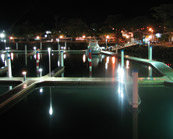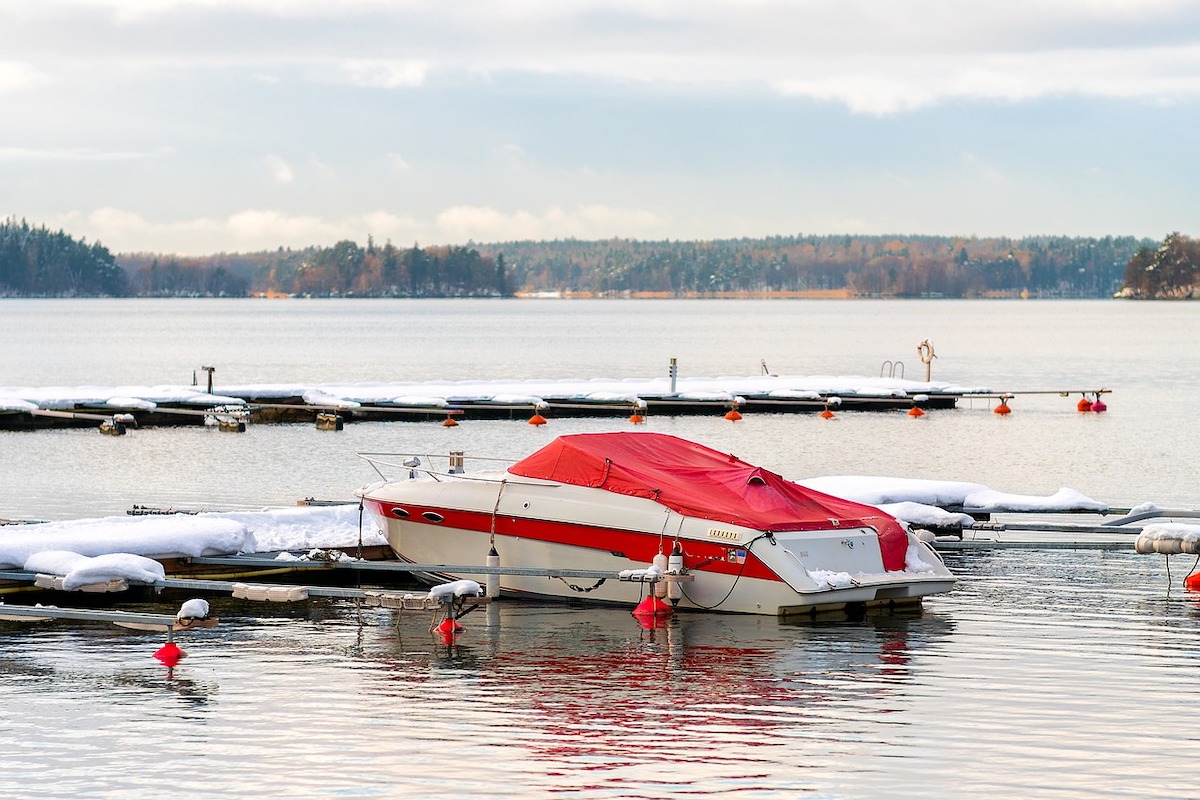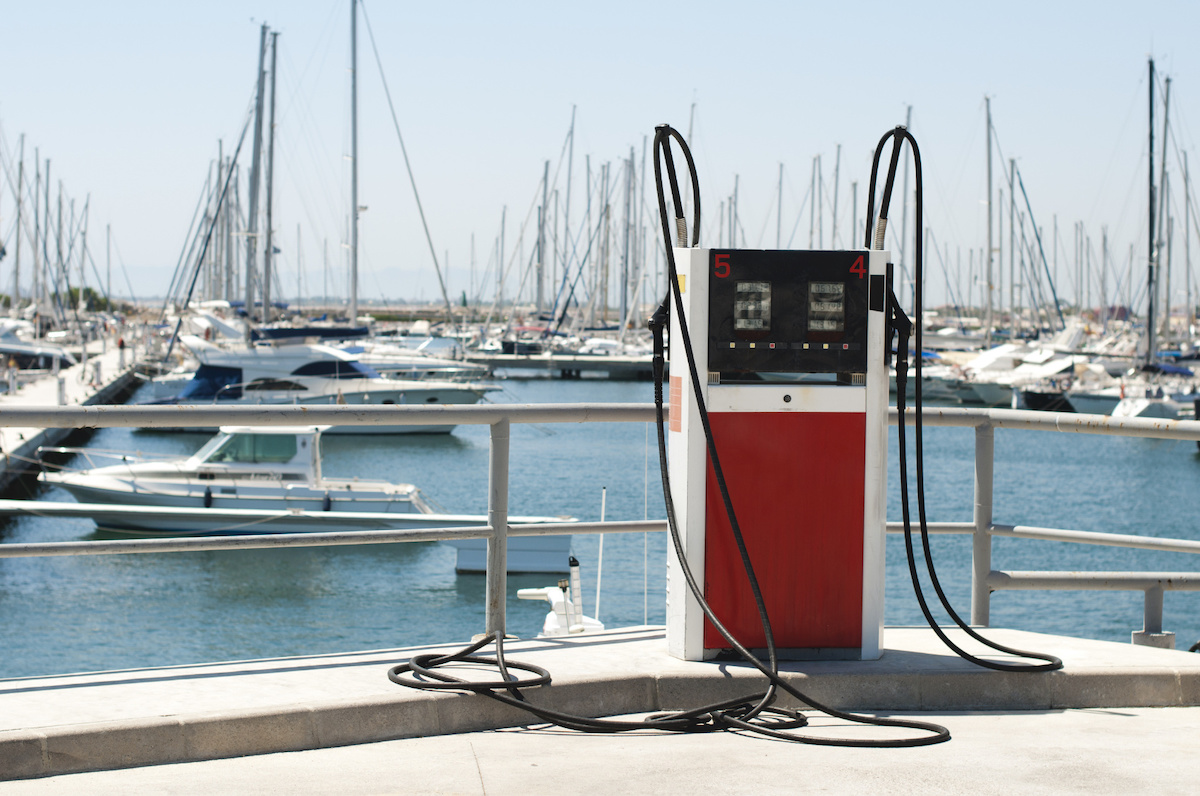Winterizing your boat isn’t all that difficult, if you follow the engine manufacturer’s instructions, use a lot of common sense, and have the necessary winterizing products on hand.
Fuel Stabilizer
Like leaving an open loaf of bread on the kitchen counter, gasoline goes stale in just a short time. Diesel tends to get a bit gooey in the cold, and stuff grows in it when the temps are warm. To keep the gas/diesel fresh while your boat’s in storage, add some fuel stabilizer to the gas tank. Fuel stabilizer contains chemicals that preserve the fuel, so it’ll still be good when you’re ready to go boating again.
Fogging Oil
Air contains moisture; your engine uses air as part of the combustion process. If your engines sits without running for a long time, the moisture in the air that’s in the engine causes rust to form on the various steel components in the engine.
Just before you shut down your boat’s engine prior to storing the boat, spray some fogging oil into the engine’s air intake (where the air goes into the engine). Keep spraying until the engine sputters and stops, then turn off the ignition.
The fogging oil covers the inside of the engine with a cloud (fog) of oil to prevent rust while your boat’s put away for the season.
Anti-freeze
There are basically two types of anti-freeze: ethylene glycol (the green stuff) and propylene glycol (the pink stuff).
Your car uses ethylene glycol to protect the cooling system from freezing and corrosion. Some stern drive and inboard boats with closed cooling systems also use ethylene glycol. Ethylene glycol works well, but it’s toxic to animals (and people, if you drink it).
Propylene glycol is what we use to winterize a boat’s potable (drinking) water system, because it provides good protection from freezing and it’s not toxic—it tastes bad, though. Running a few gallons of propylene glycol through a raw-water-cooled engine’s (outboards, stern drives, and many inboards) cooling system before storing the boat helps displace any water that’s left in the cooling passages to prevent freezing.


